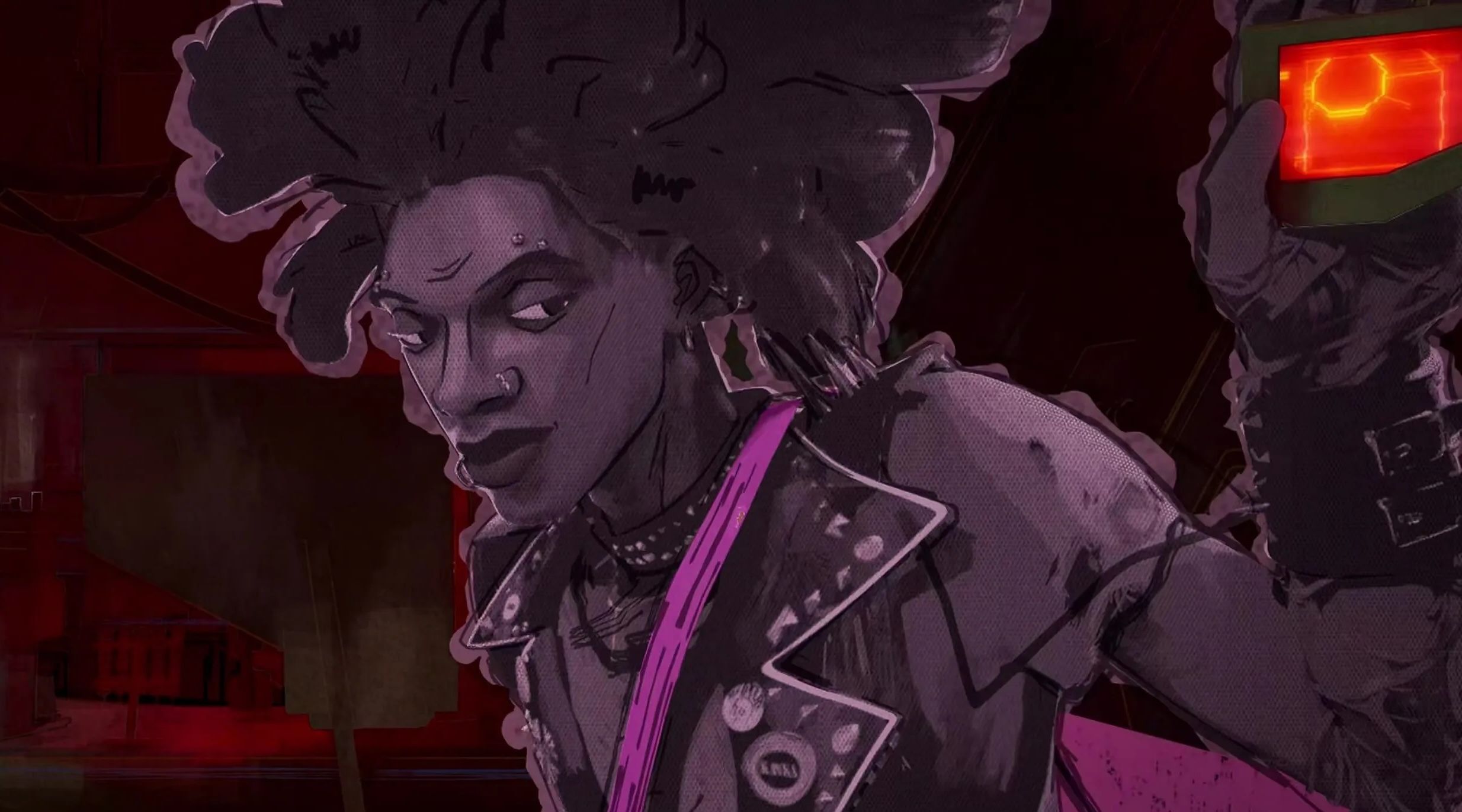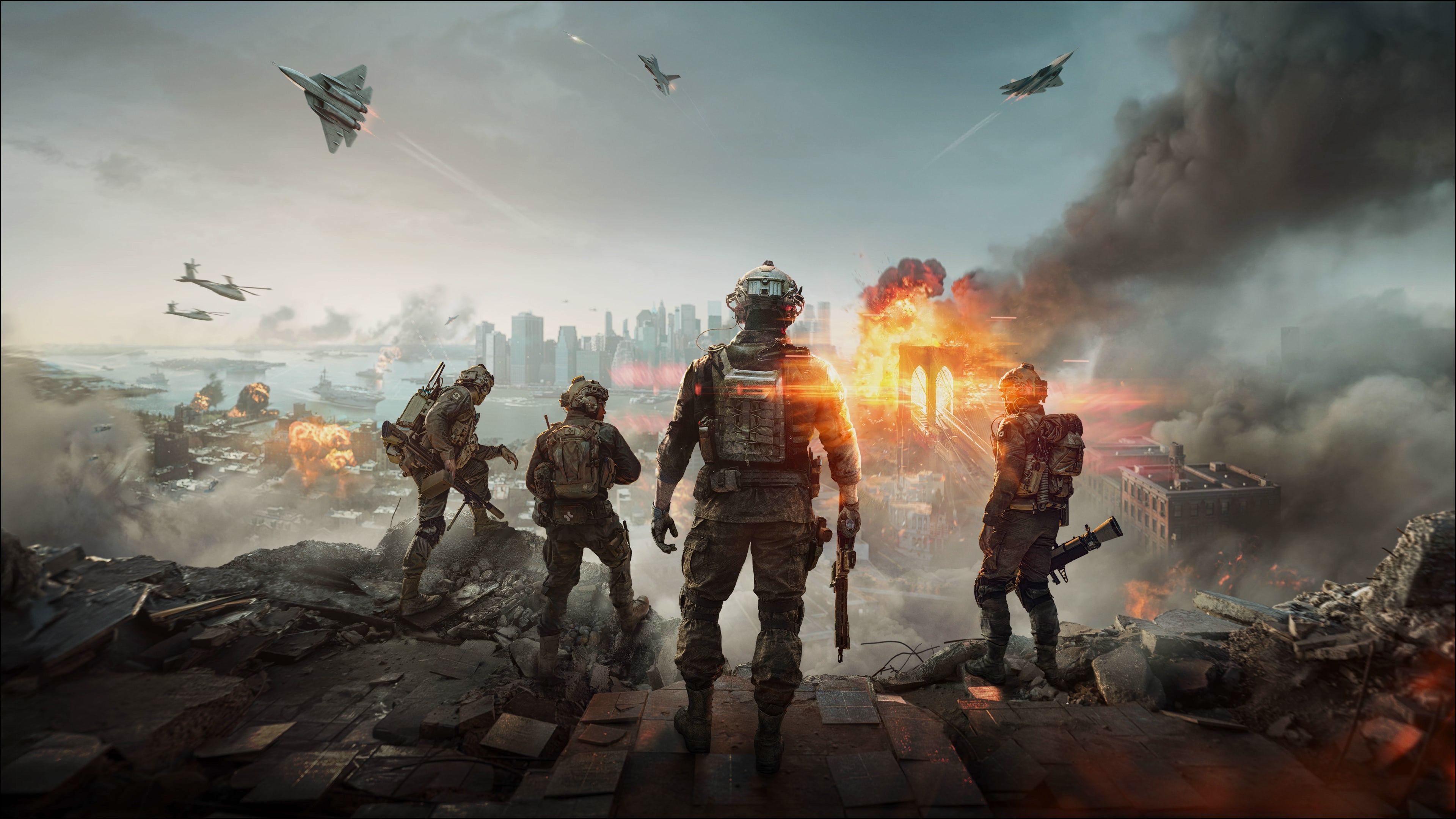Following EA’s big multiplayer reveal last week, we now know a whole lot more about Battlefield 6. On Oct. 10, the game launches with a new Escalation mode, a souped-up map editor, and a revamped “Kinesthetic combat” system that allows for more dynamic movement during battle. What’s still a mystery is exactly what’s going on with its campaign.
Besides a brief glimpse at the reveal event, we know Battlefield 6’s story will pit America and its allies against Pax Armata, a private military corporation that rises to power after some nations defect from NATO. Who makes up Pax Armata? Why do they want to attack America? Will any of this grapple with the United States’ current standoffish attitude towards even some of its closest allies? Don’t expect meaty political commentary on that bone.
During last week’s Battlefield reveal event, I asked Battlefield executive producer Christian Grass and creative director Thomas Andersson about how the team decided on the narrative conflict fueling the story. It doesn’t so much come from any specific political anxiety as it does a very basic necessity to fuel a multiplayer shooter.
“We needed two factions,” Grass told Polygon when asked about the inspiration behind Battlefield 6’s NATO vs. Pax Armata story. “We wanted to create something that felt that it could be real, but it’s clearly fiction because we’re creating entertainment products.”
That matter-of-fact answer shouldn’t come as a surprise if you’ve been following games like Battlefield 6 for decades. Despite the politically loaded nature of their stories, the teams behind most military-themed games usually suggest they aren’t meant to be read into as a serious reflection on the real world. We’re not meant to think about how America is inherently the “good guy” in military conflicts or consider why a studio would choose, say, France to leave NATO. Instead, Grass posits that these creative decisions come from a much simpler place.
“We needed a cool, badass enemy, and we believe that Pax Armata is awesome,” Grass said. “To me, when I spawn in as a Pax Armata player, I’m like ‘yeah, here we go!’ They’re so cool, I love them! They have a really cool branding. We just wanted it to be a cool, relatable, badass enemy.”
Though “relatable” isn’t a word I’d think to associate with a private military corporation responsible for blowing up Brooklyn, Grass’ characterization of Pax Armata speaks to a change in mentality that’s been steadily overtaking the war-game genre over the years. As real-life war bubbles up around the world, conflicts in games are becoming vaguer, the aggressors more nondescript. We are moving away from the days of shooters as faulty historical adaptations, especially as multiplayer dictates that someone always needs to play the bad guy – and you probably don’t want a player base that gets excited about playing Nazi in 2025.
As a solution, wartime conflict is giving way to spy-movie intrigue blown up to a military scale. Tanks and fighter jets are becoming iconography in war games that have less and less to do with war. Just look at last year’s Call of Duty: Black Ops 6, which is practically a Bourne movie that uses the Gulf War as period window dressing, like putting a Crystal Pepsi bottle in the background of a ‘90s comedy.
There’s something so visceral about having something that could be happening tomorrow.
For Thomas Anderson, the priority of carving out Pax Armata’s storyline is more so about laying a foundation that can be built on over time. After all, Battlefield 6 will operate as a live service, no doubt with additional content to come down the line. Any conflict the team invents needs to be flexible enough to support that approach, and Pax Armata is amorphous enough to work. The creative director cites Battlefield 4 as inspiration on how to expand the factions and open up the possibilities.
“[Here] you have NATO and Pax Armata, and when you have a private military corporation, who knows where they get the people,” Andersson told Polygon. “So it’s like, here’s another army, here’s another wing. So we can make this massive. There’s something so visceral about having something that could be happening tomorrow. It’s the excitement of that without getting yourself in trouble with writing reality, if you know what I mean.”
That last bit might explain why we know so little about the actual villains in Battlefield 6. Do they hail from a country that will touch a real-world nerve? Who exactly is on America’s side, and what uncomfortable conversations will that spark about the country’s real alliances? We won’t know if there’s more depth to the story until we get more campaign details, but don’t expect too much more, judging by Andersson’s creative philosophy. The approach, as he puts it, is designed to deemphasize specific nations.
In Battlefield 6, all that matters is that the bad guys are “badass.” Whether or not that will be powerful enough to divorce the loaded image of a New York City attack from reality will depend on how cool their logo is, I suppose.












